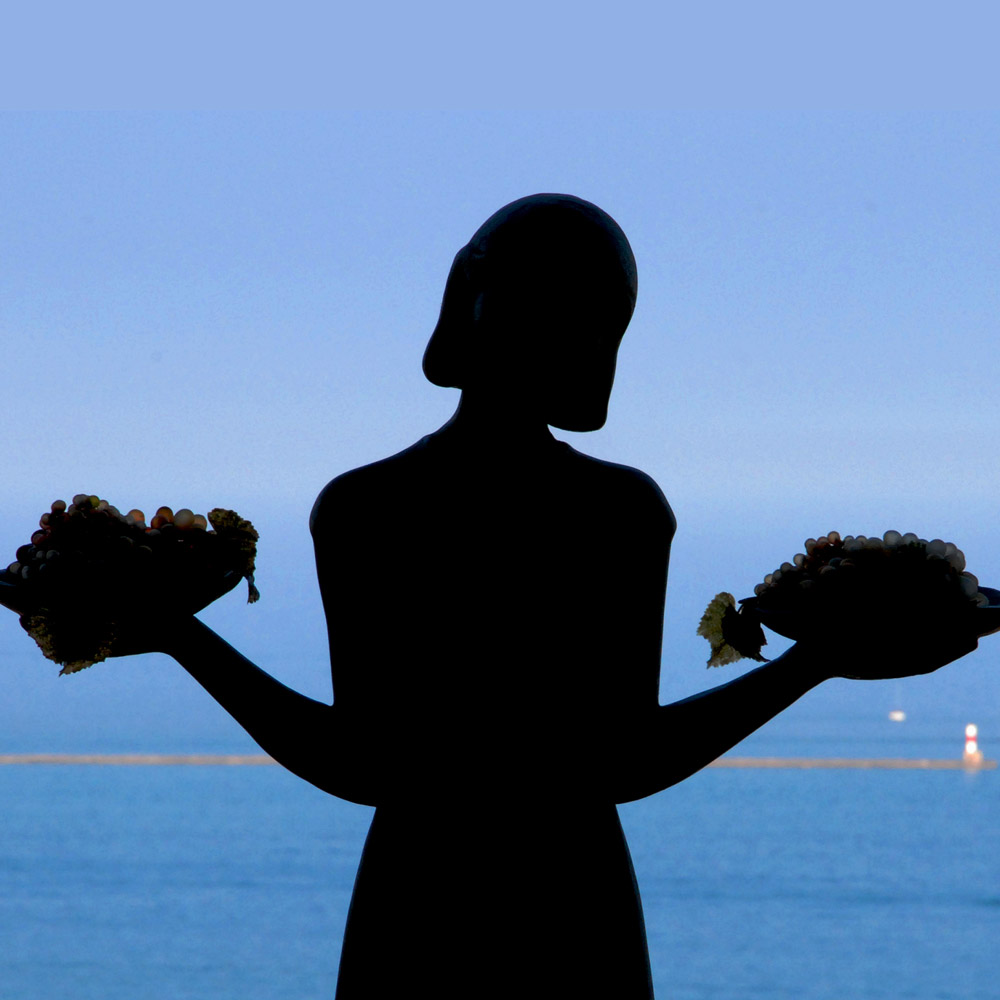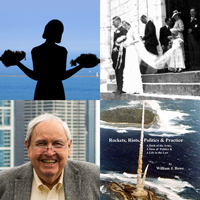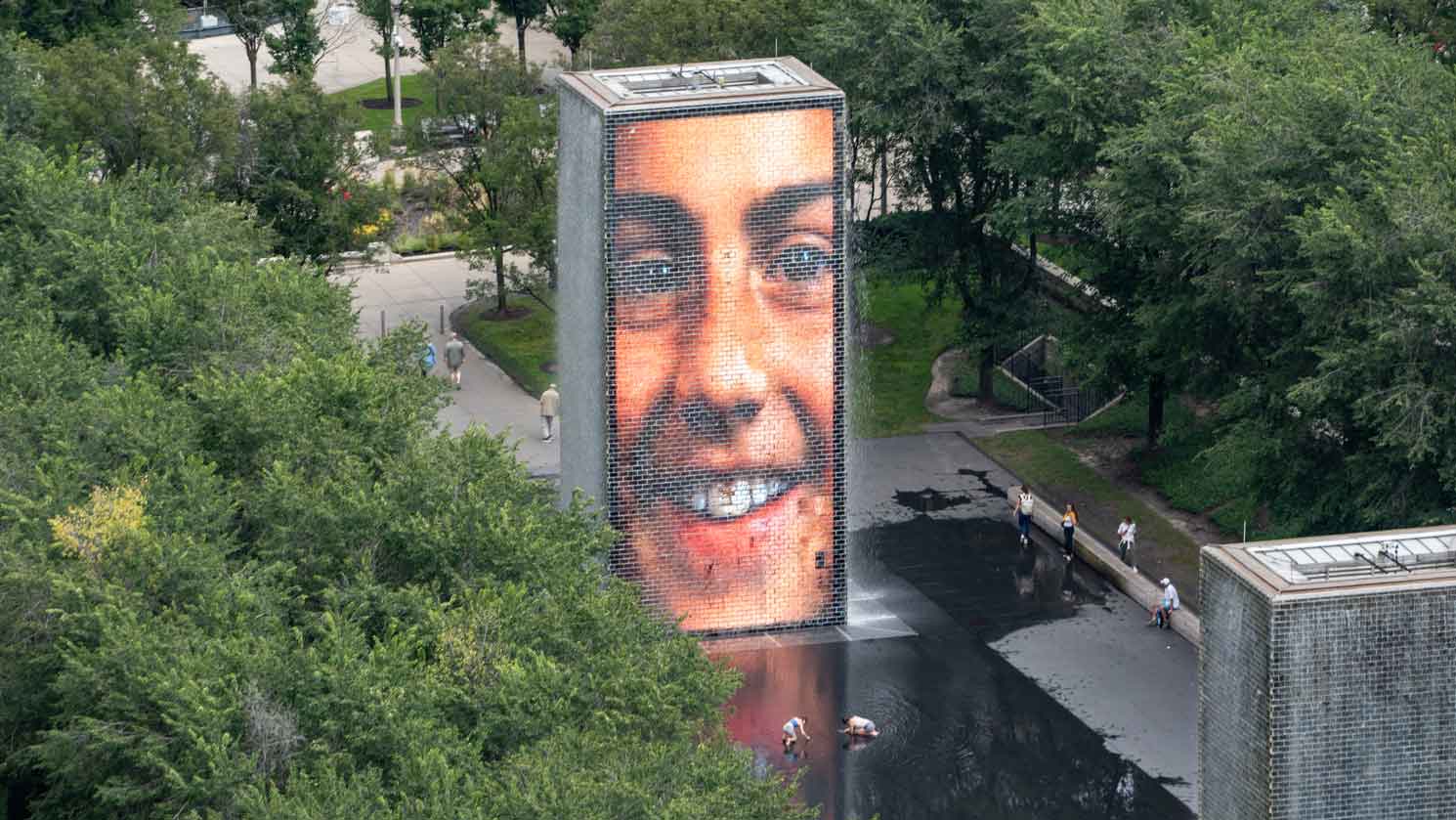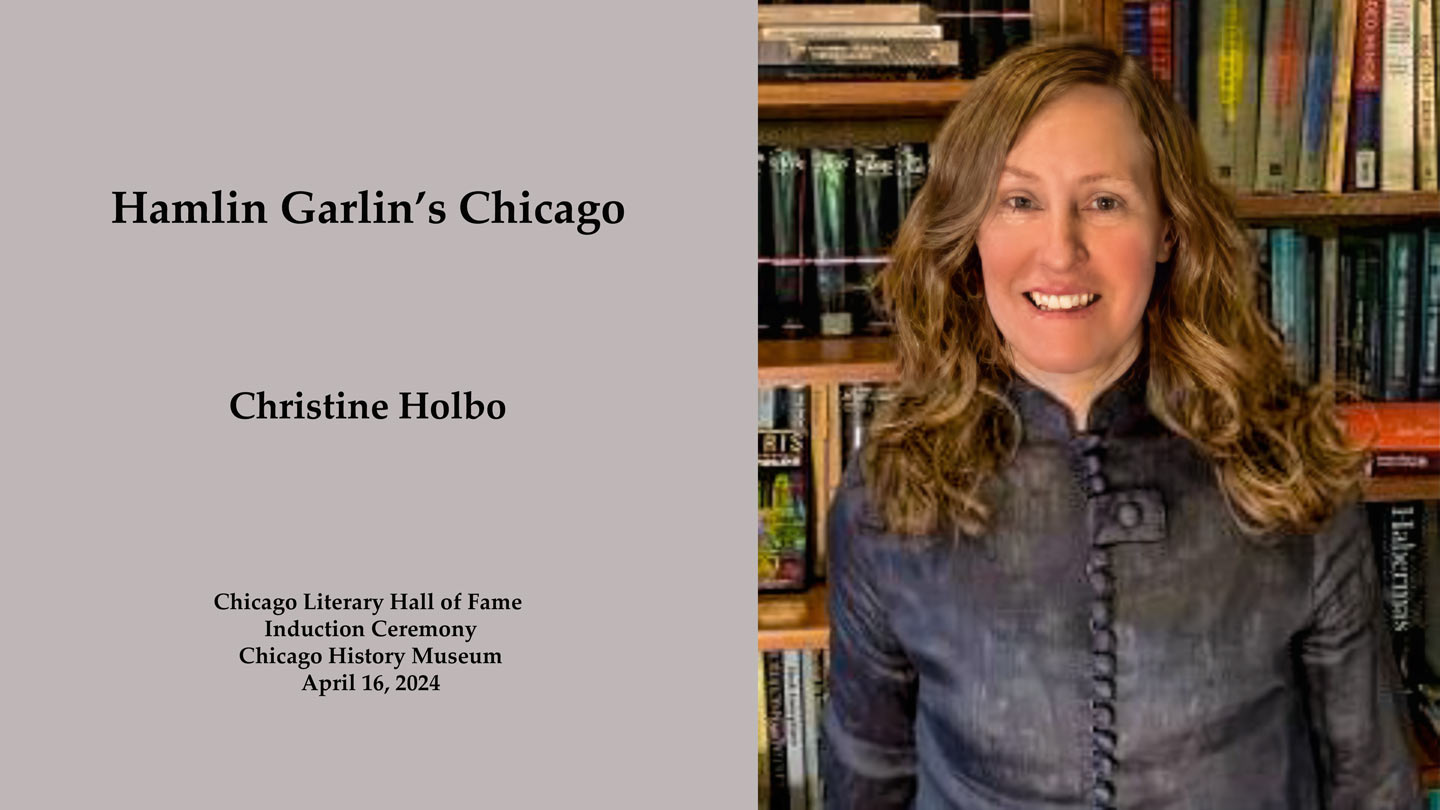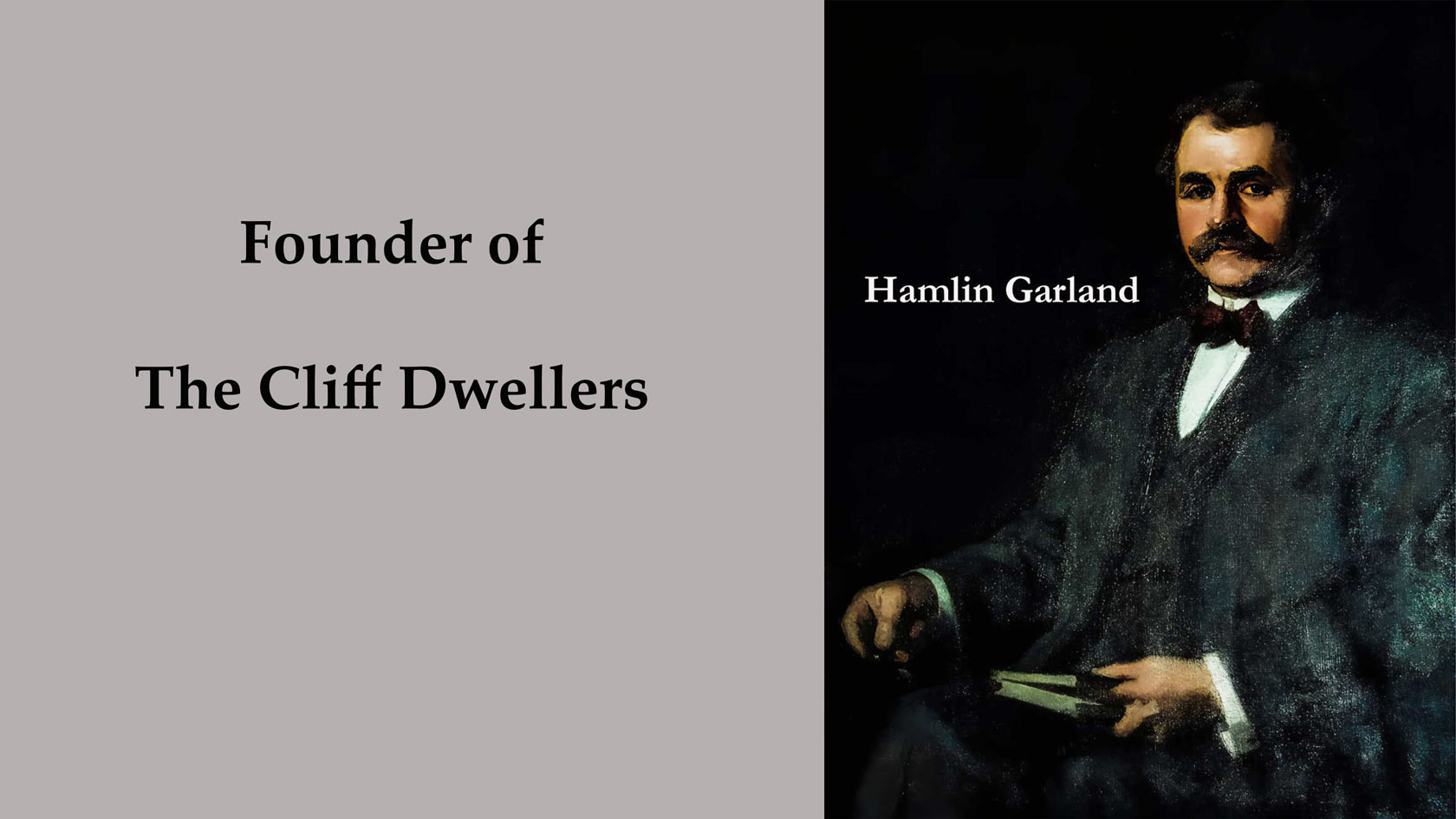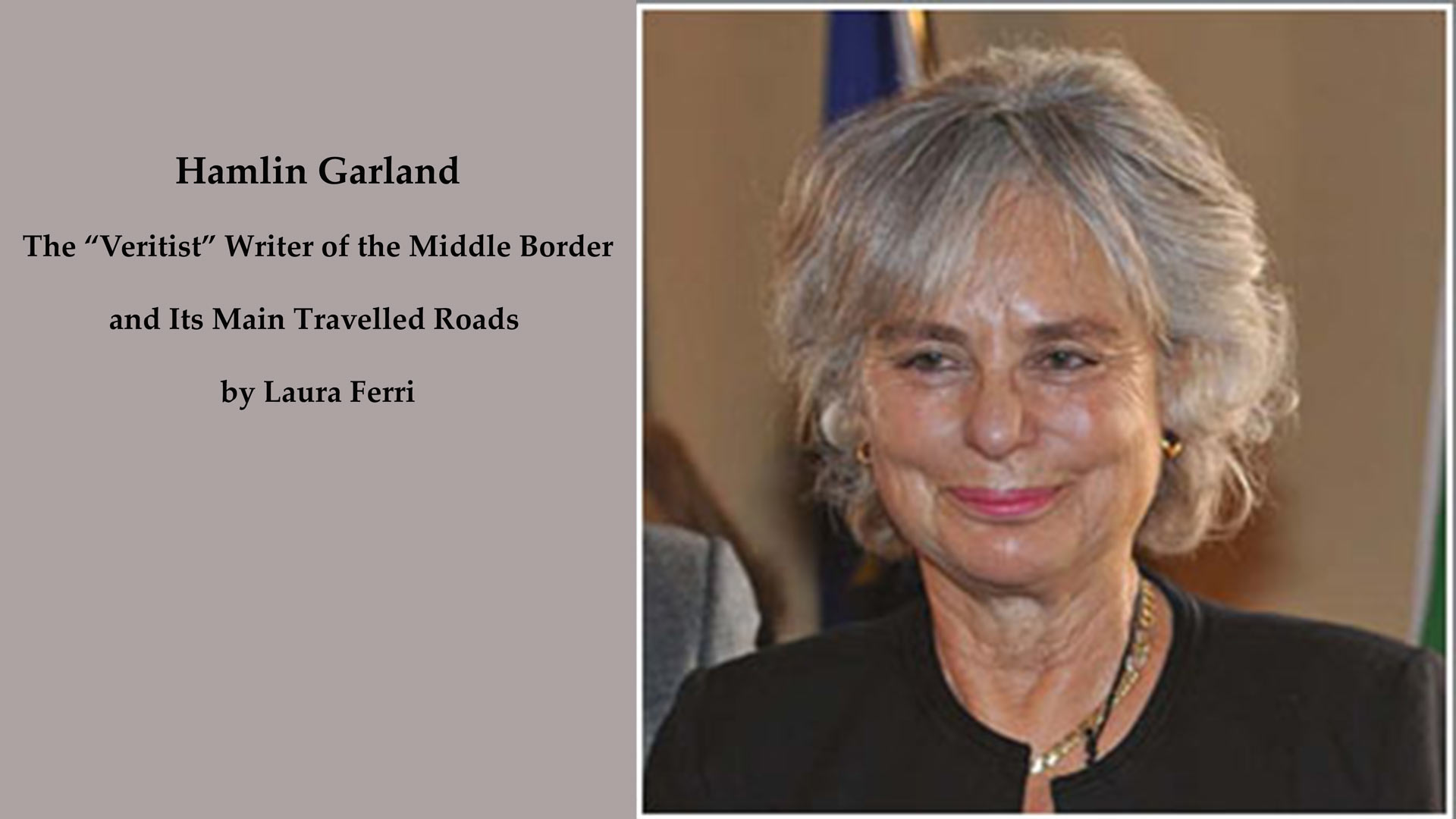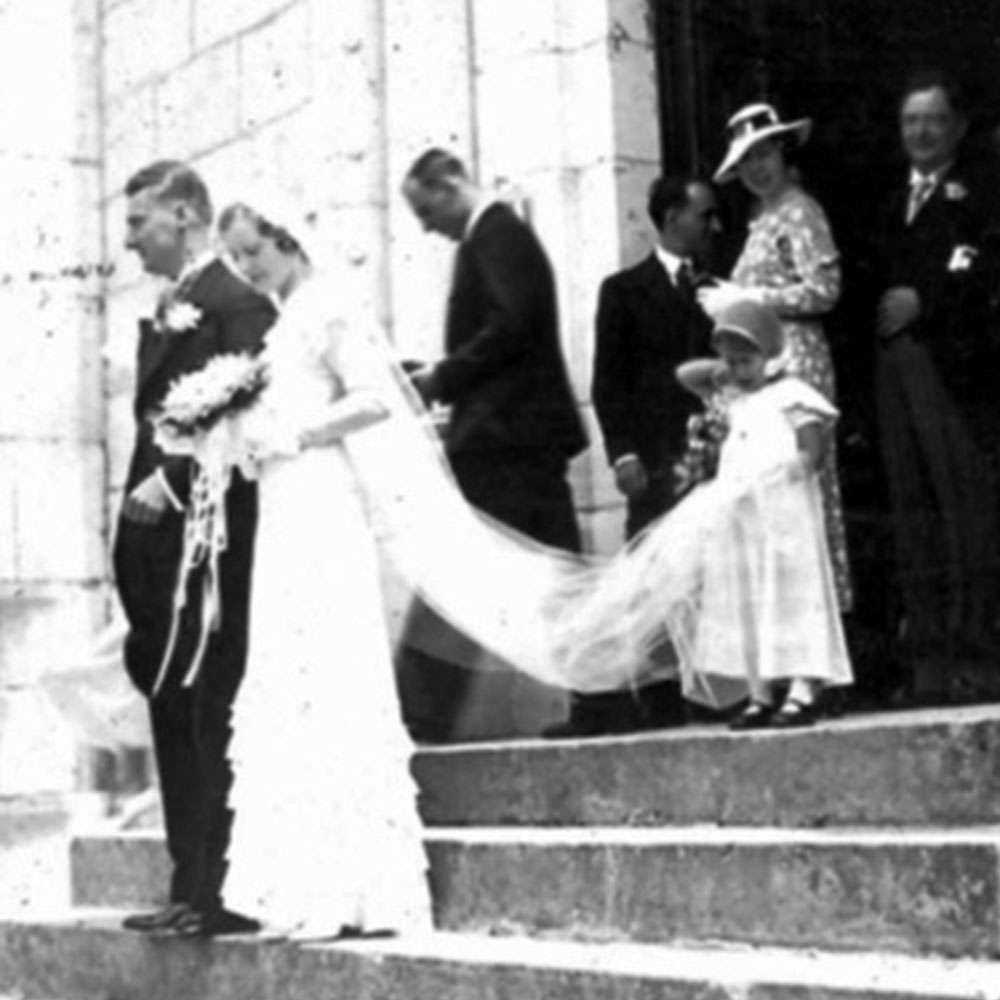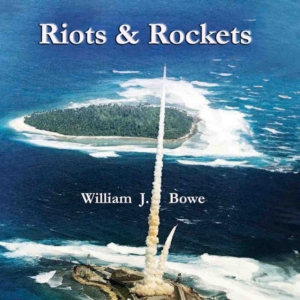Vintage Chicago 1784-1871 – From Ft. Dearborn to the Great Chicago Fire
Editor’s Note: In the early 1960s, in the aftermath of the failed attempt to save Dankmar Adler and Louis Sullivan’s Garrick Theater building from the wrecking ball, my father’s brother, Augustine J. Bowe, then Chief Justice of the Municipal Court of Chicago, was appointed by Mayor Richard J. Daley as the first Chairman of Daley’s newly created City of Chicago Landmarks Commission. His engagement in preserving Chicago’s architectural heritage when I was headed off to college prompted me to take an elective course offered in 20th Century architecture. The upshot of this learning produced a lifelong interest in architecture. While I had been taught that architecture more often than not followed the past, I had also absorbed its occasional, exciting, and rare marriage with the social and material zeitgeists of its times. It was with this background that in recent years I began researching the history of The Cliff Dwellers and discovered a broad range of related photographs. This was so much fun that I soon cast a wider net and now have collected over a thousand images broadly related to Chicago’s history and the evolution of its architecturally significant buildings.
This particular slideshow is a captioned collection of vintage Chicago drawings, maps, paintings and photographs relating to the period between 1784 and the Great Chicago Fire of 1871. The images reflect Chicago’s emergence as a major global population center in the 19th Century. The photos begin with the acquaintance of Europeans with local Native American inhabitants in the late 1700s, the centrality of Wolf Point and the Chicago River to Chicago’s development, the early prominence of Fort Dearborn, and later reflect the arrival of train transport and the Great Chicago Fire. The images first focus on land use, with maps reflecting the early imposition of metes and bounds by surveyors of the day. Later come scenes of Chicago as a river harbor and Great Lakes sailing node during the period of the expansion of the lumber and grain trade that reached far into the east and west hinterland of the new Chicago metropolis. In a sad coda to the times, the collection documents the extant of devastation of the Great Chicago Fire of 1871 and the early hints of renewal.

